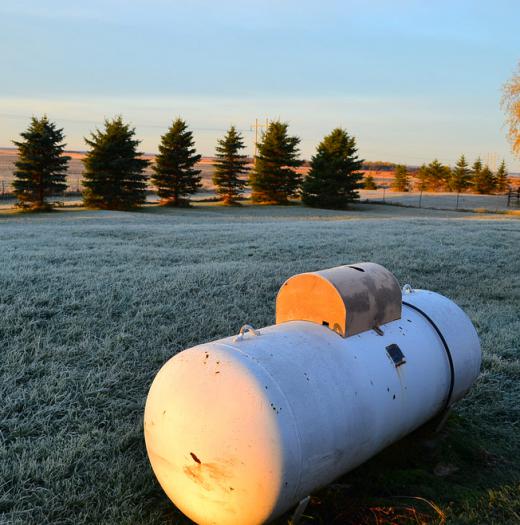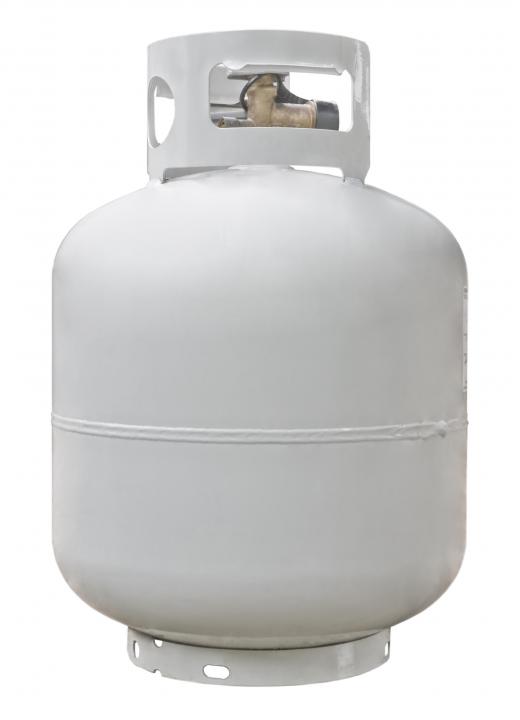Propane is a versatile fuel source that can be used in many different applications, ranging from outdoor cooking and camping accessories to heating and power generation. As such, there has been an increased demand for a number of different propane fittings to be used in various applications. Propane fittings such as regulators, couplers, brass t-valves and different steel fittings allow for the safe and consistent flow of propane gas to the source of ignition. They all, however, have there own uses and in most cases propane fittings cannot be swapped out for different fittings meant for other applications.
One example of a propane fitting is a regulator. A regulator is an instrument that both allows and impedes the flow of the compressed propane gas to whatever apparatus it’s connected to. The regulator also typically has a gauge on it that tells the operator how quickly the propane fuel is being distributed to the various apparatuses it is fueling. The user is also able to use multiple regulators within the same system so the right amount of fuel can reach each device being fueled.

Couplers, on the other hand, are usually used in applications that require an extended length of hose or piping to properly fuel a propane-burning device. Since snap couplers aren’t typically airtight, and may allow gas to leak into the open air, most piping couplers for propane systems are threaded and secured within two lines. This ensures that the flammable gas isn’t able to escape and ignite in the open air.
Propane fittings are not generally interchangeable. Many of the fittings used with a propane cylinder or other application are manufacturer or brand-specific. This allows each manufacturer to remain competitive.

Some valve systems and coupler systems, however, are interchangeable by necessity and able to be integrated. This occurs because, in order to differentiate them from each other, the manufacturer would most likely have to use a method that would decrease the efficiency of the fitting production to the point that it wouldn’t be worth the production costs. As a result, specific propane fittings such as t-valves are usually a standard size and thread. This allows them to be connected to most propane cylinders and used for multiple applications at the same time, as long as the regulator for the system allows the pressure to remain consistent enough.
